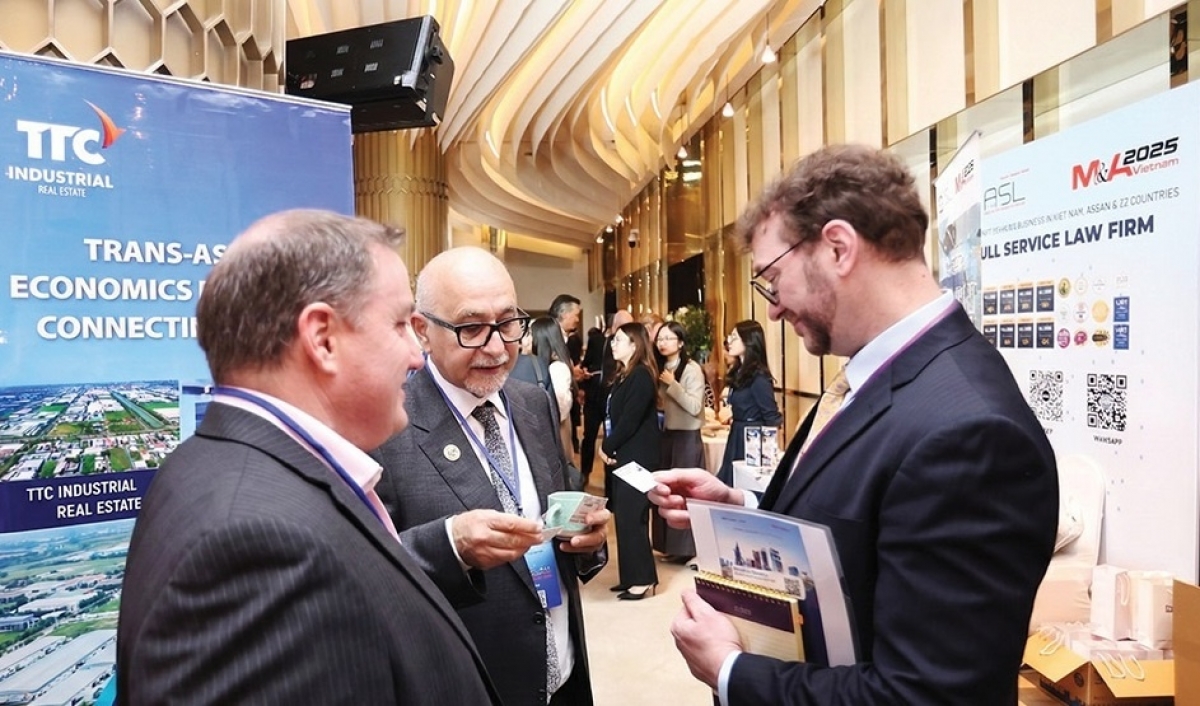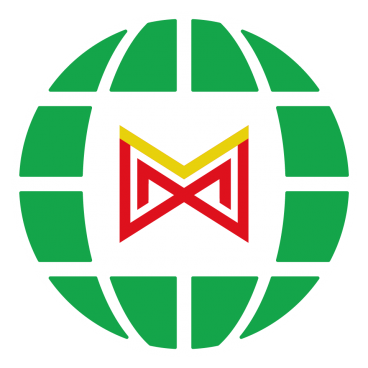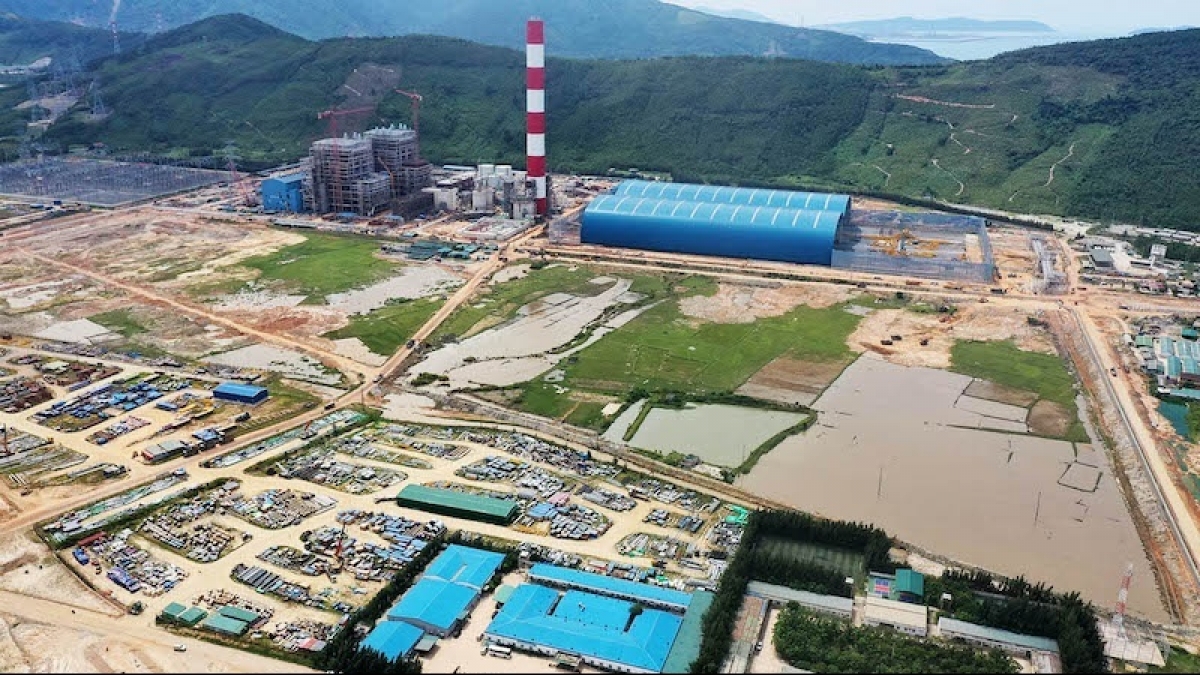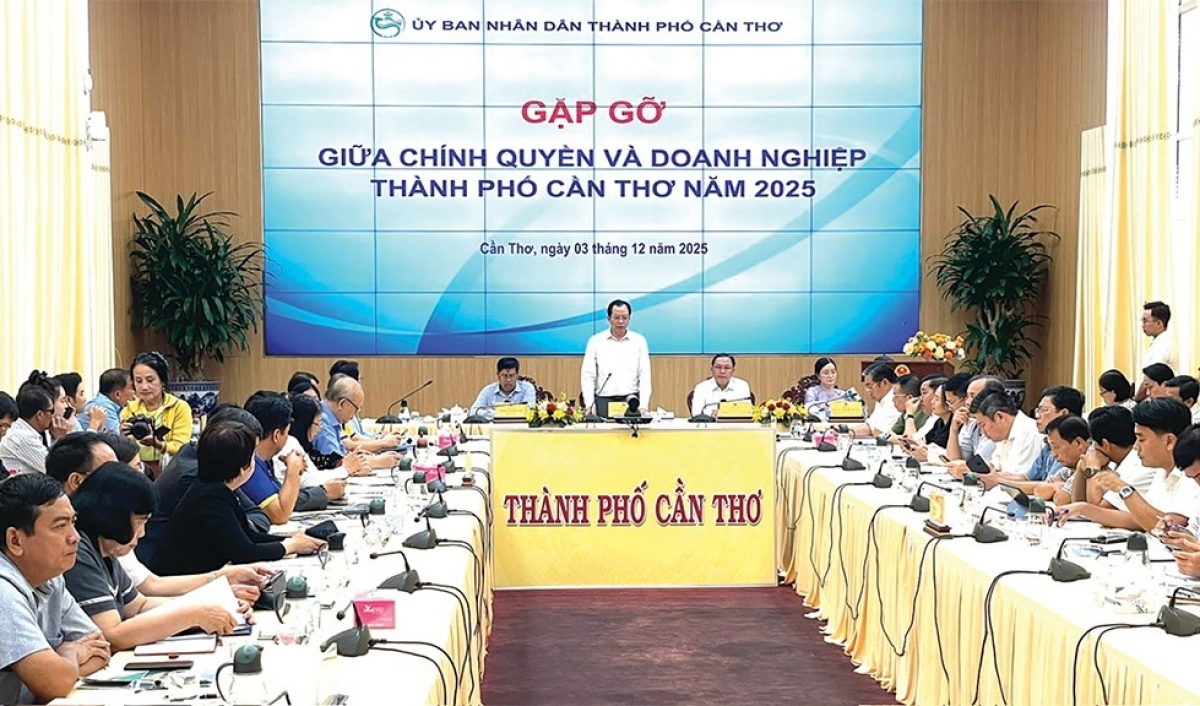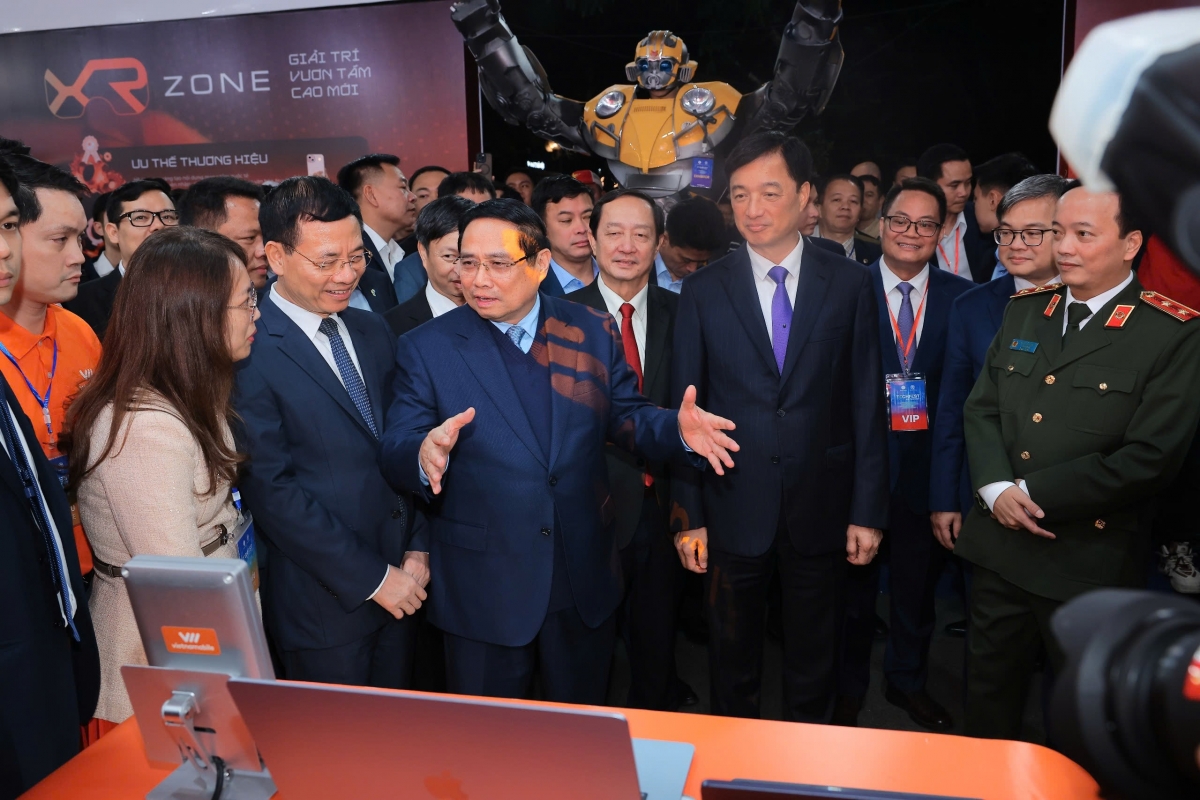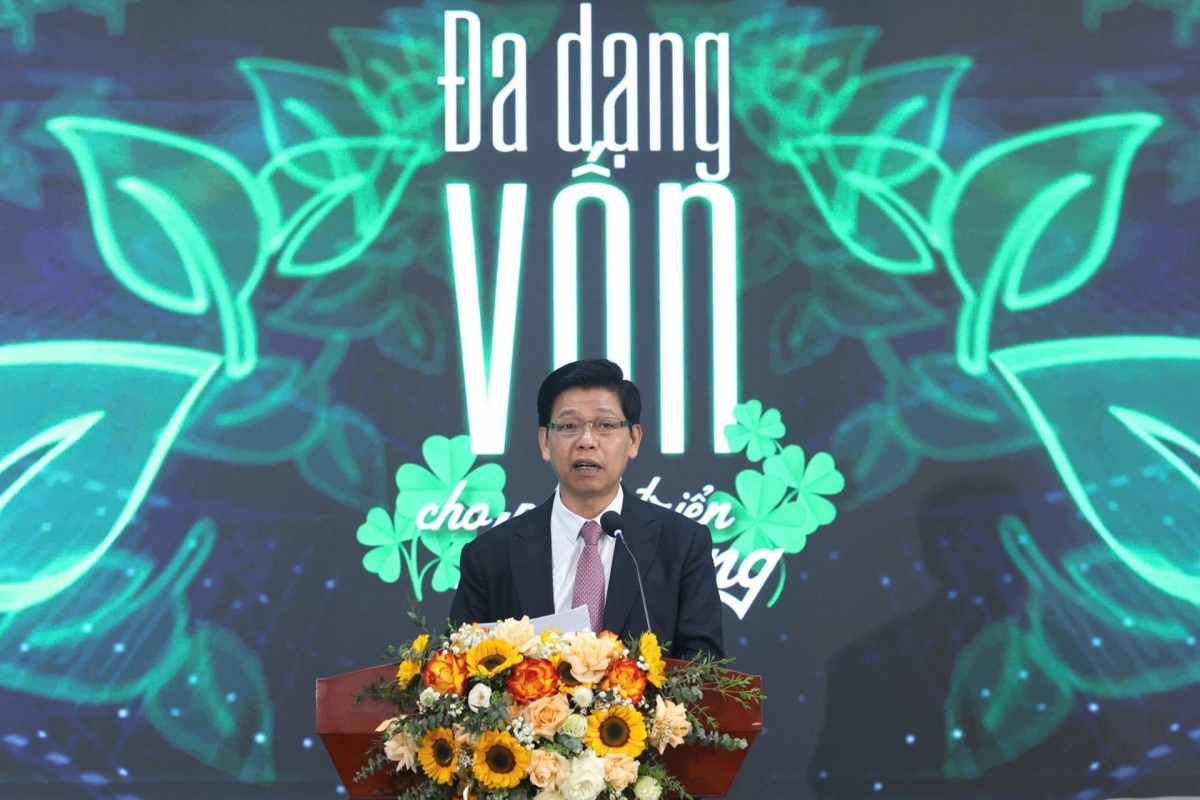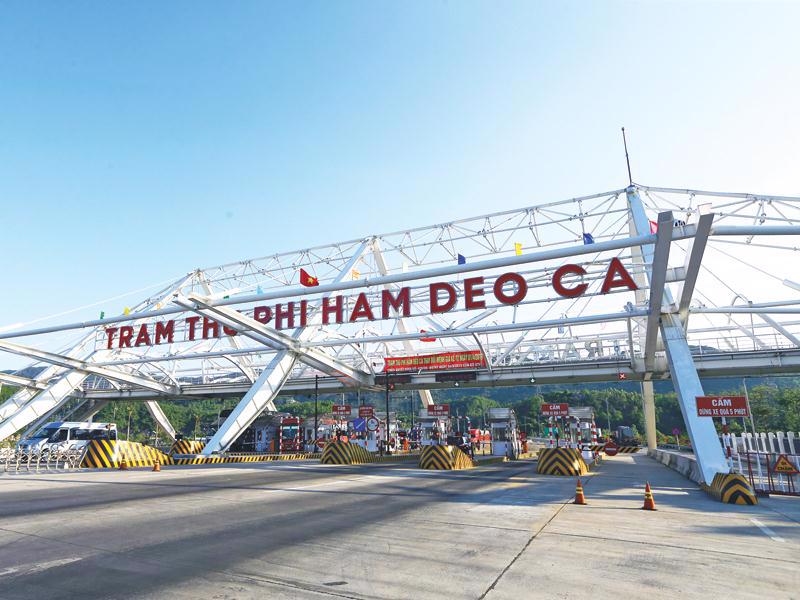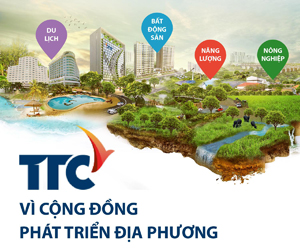INTERNATIONAL INVESTMENT
AND PORTAL
Vietnam is no exception. In a keynote address during the working session on May 14 with the Intellectual Property Office of Vietnam, Minister of Science and Technology Nguyen Manh Hung reaffirmed Vietnam’s strategic commitment to this direction, calling for a transformation in how the country understands, protects, and commercialises intellectual assets and intellectual property rights (IPRs).
 (L-R)Vu Hoang Ha Thu, associate and and Nguyen Le Toan Phuoc, legal assistant, come from Indochine Counsel
(L-R)Vu Hoang Ha Thu, associate and and Nguyen Le Toan Phuoc, legal assistant, come from Indochine Counsel
Vietnam, despite its growing number of IP registrations, suffers from a low commercialisation rate - around 0.1 per cent, compared to a global average of 5 per cent, and 10 per cent for developed nations.
IP in Vietnam is still commonly viewed as a formality rather than a strategic asset.
In practice, Vietnam’s system for IP information, search, and valuation are still in the process of development. The number of professional service providers specialising in IP consulting, protection, valuation, and commercialisation is still modest. Simultaneously, businesses often overlook the commercial potential of IP through avenues such as franchising, licensing, or contributing such rights and assets as capital.
To address this, Minister Hung proposed several key reforms, including issuing a specific set of criteria and guidelines for IPRs valuation covering trademarks, patents, and utility solutions; publishing model contracts and contract templates for the licensing and capital contribution of IPRs; encouraging businesses to register patents and trademarks abroad and participate in national innovation programmes; and establishing a national fund for protection and commercialisation.
Among these, the issuance of a specific set of criteria and guidelines for IPR valuation is considered the most critical, especially in a context where current regulations remain rather general, and do not directly regulate the valuation of specific IPRs such as trademarks, patents, or utility solutions, causing difficulties for practical enforcement.
Building on this, businesses may wish to place greater emphasis on the strategic value of IPRs and keep in mind several key considerations when approaching a valuation, including verifying IPRs ownership and legal status to ensure the rights are properly registered, valid, and genuinely owned by the claiming party; selecting an appropriate valuation method based on the valuation’s purpose; working with qualified IP valuation experts; and evaluating commercialisation risks while aligning IP assets with the business model.
During the meeting, Minister Hung also emphasised the importance of modernising the legal framework to keep pace with emerging technologies, particularly AI, digital data, and other rapidly evolving fields. Moving forward, the following initiatives must be prioritised: tailoring IP provisions related to AI and digital assets, defining relevant terms, and including a new chapter on the digitalisation of IP activities in law, accompanied by a regulatory sandbox mechanism for innovative technologies.
Further to the minister’s note, practices have shown that defining and identifying the lawful holder of copyright for works generated by or with the assistance of innovative technologies such as AI remains a contentious issue worldwide. Under the IP Law of Vietnam, copyright holders must be human entities - either individuals or organisations. Computers or AI systems are not recognised as copyright holders.
Currently, there are two primary perspectives regarding AI and creative works, namely works entirely generated by AI or those created with AI assistance. In either case, the human element and their creative contribution remain key factors for determining authorship. Some countries allow for the protection of AI-assisted works if the human user exercises creative control over how the work is expressed.
Conversely, protection is generally denied for works that are entirely generated by machines without any human involvement. In practical terms, users rarely rely entirely on AI. The final outputs depend on their ideas, creativity, prompts, detailed instructions, data organisation, revisions, artistic preferences, and more. Continuous user interaction with AI, such as repeated refinements of a design, can demonstrate sufficient control over the final work, which could be a reasonable approach for Vietnam to consider adopting.
The digital environment is expected to become the optimal space for promoting and managing IP activities, as many existing challenges could be effectively addressed through digitalisation. Accordingly, key initiatives proposed include building a national online IP violation management system that enables searching, reporting, and resolving infringements, with automated e-commerce infringement tracking and increased dedicated enforcement personnel.
If Vietnam succeeds in raising its IP commercialisation rate from 0.1 per cent to even 2 per cent within the next five years, it could unleash a new wave of scientific and economic advancement. At the centre of this transformation will be a modern, professional IP system serving as a think tank in the era of digital, data, and AI.


